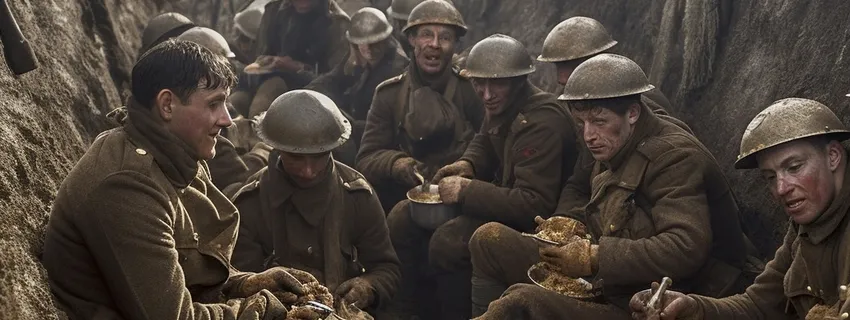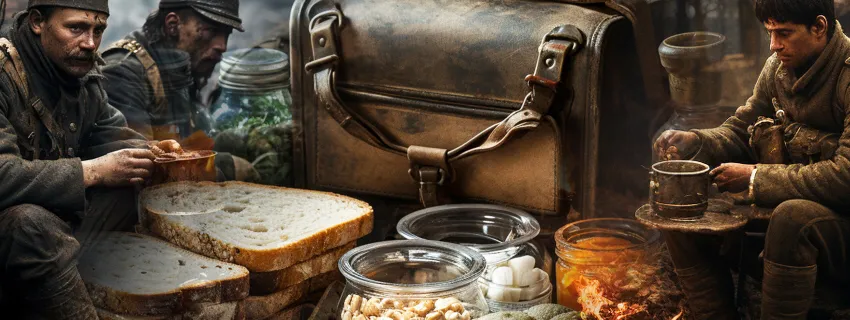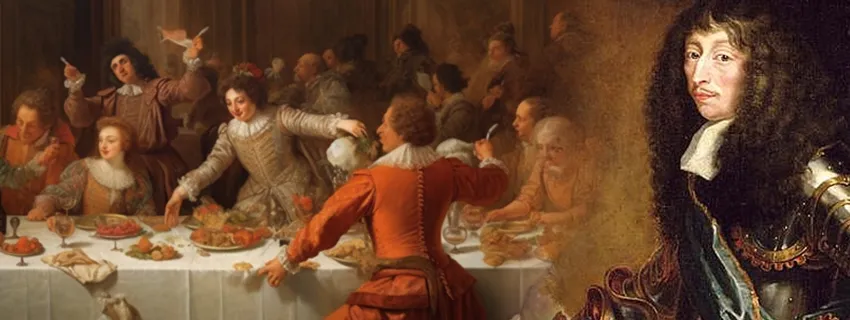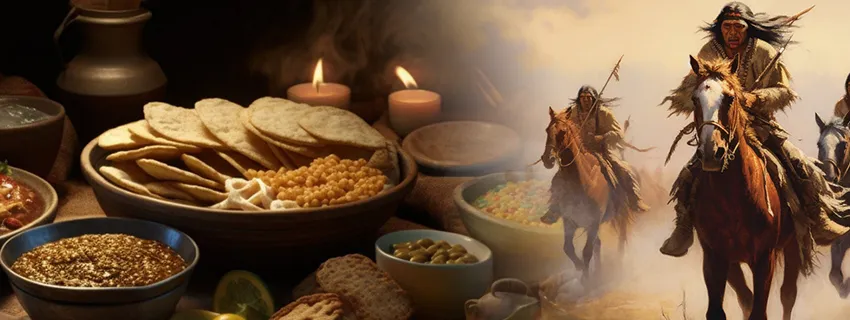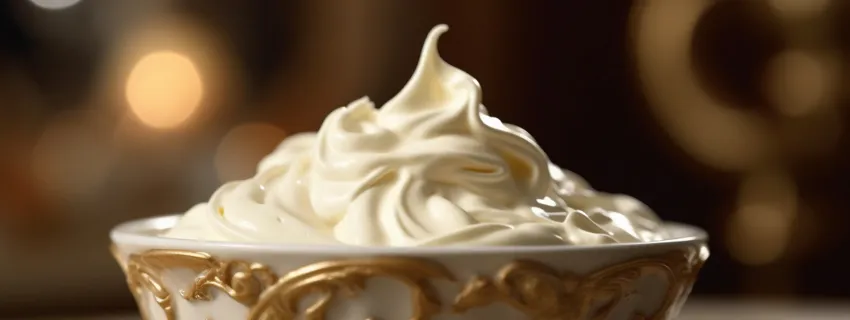Published:
Author: Antonio Maria Guerra
Food Culture
The Taste of Knowledge

Welcome! This section of WebFoodCulture aims to explore the close relationship between the worlds of taste and culture. We will show that disciplines such as historiography, science, and literature, only apparently distant from the ‘eating experience’ are instead of fundamental importance to the evolution of food and its very taste. Enjoy the reading!
Every day a group of people have their meals aboard a futuristic structure orbiting around our planet: the I.S.S., the International Space Station. The food currently available to the astronauts isthe final result of an evolution started in the Mid-Twentieth Century. At that time scientists didn’t exactly know how a human being could eat in zero gravity. (read more)
Origin: USA Typology: Food Culture
Last update
Eating in a trench
An army marches on its stomach”: these words have been attributed to Napoleon Bonaparte. The famous French general (and, later, emperor) believed that, in order to win a war, feeding troops is as important as training and arming them. His opinion proved right especially during World War 1. (read more)
Origin: Europe
Typology: Food Culture
The rations of the warring factions.
How and what did the soldiers fighting the First World War eat? Easy to answer: very little and very badly. Not surprisingly their ‘diet’ became a key factor in the conflict. Let’s find out how the armies of the opposing factions were fed.
(read more)
Origin: Europe
Typology: Food Culture
The astronauts aboard the I.S.S. can eat not only food ‘meant’ for space, but also commercial products. Biscuits, candies and many other specialties made by famous brands.
(read more)

Perhaps not everyone knows that Sir Winston Churchill, the famous British Prime Minister who contributed to defeat Adolf Hitler in the Second World War II, was involved also in the first, as Commander of the Sixth Battalion of the Royal Scots Fusiliers. (read more)

Probably not everyone knows that Leonardo da Vinci, the renowned scientist and artist, had a great passion for wine and its world. Let’s find out this little known aspect of the Tuscan genius, with the precious help of Luca Maroni, esteemed enologist and great expert on the topic. (read more)
Origin: Vinci (Tuscany) Typology: Food Culture
In his writings, Leonardo explicitly mentions only 3 types of Italian grapes: Passerina, Malvagia (Malvasia) and Moscado. They are cultivated still today. (read more)
Ultimo aggiornamento
In Europe, during the Renaissance and the Baroque, banquets reached such a level of magnificence and complexity to look like theatrical representations, in the belief that exquisite delicacies, if served in the right setting, could gain additional flavor and transmit unique sensations. (read more)
Origin: Marsala (Sicily)
Typology: Food Culture
Many believe that American Indians are a single people, albeit subdivided into tribes. This leads also to believe that they have the same customs and traditions: for example, it’s widely thought that they are all eaters of bison meat. Nothing further from the truth. Let’s find out why. (read more)
Origin: North America
Typology: Food Culture
Chantilly Cream is made with whipped cream, usually sweetened and flavored. Its invention is often attributed to Vatel. Many think that he prepared it for the first time in 1671, in the occasion of a banquet at the Chateau of Chantilly. (read more)
Copyright information.
To get copyright information about the images on this page, please refer to the copyright section of each article.


